Compact cameras and the compact camera market have changed a lot over the last few years. Smart phones have decimated the entry-level range of point-and-shoot models that used to be popular and as a result manufacturers have concentrated on putting more advanced features into cameras to make them more attractive.
In addition to a move towards having physically larger sensors to boost image quality, some compact cameras now have lenses with long zoom ranges or wide apertures and there’s better control over exposure along with a much wider range of settings than in the past. Wi-Fi connectivity is also now de rigueur, so you can transfer shots quickly to a phone for sharing on Facebook etc.
Many enthusiast photographers used to be very sniffy about compact digital cameras, but there are now many that make a great alternative to a DSLR or mirrorless system camera.. And those who are new to photography and thinking about stepping up from a smartphone have some pretty sophisticated choices. There are small cameras that can slip in a pocket yet have huge zoom ranges, and large bridge cameras that look like DSLRs, but have a fixed lens and lots of automated easy-to-use options.
These cameras prove that you don’t have to buy a camera that takes interchangeable lenses to get great shots.
If you need a bit more help figuring out what kind of camera you need, then read this article: What camera should I buy?
Or if you already know what kind of camera you want, then check out our more specific compact camera guides:
Otherwise, keep reading to find out which are the best compact cameras on the market right now, and why.
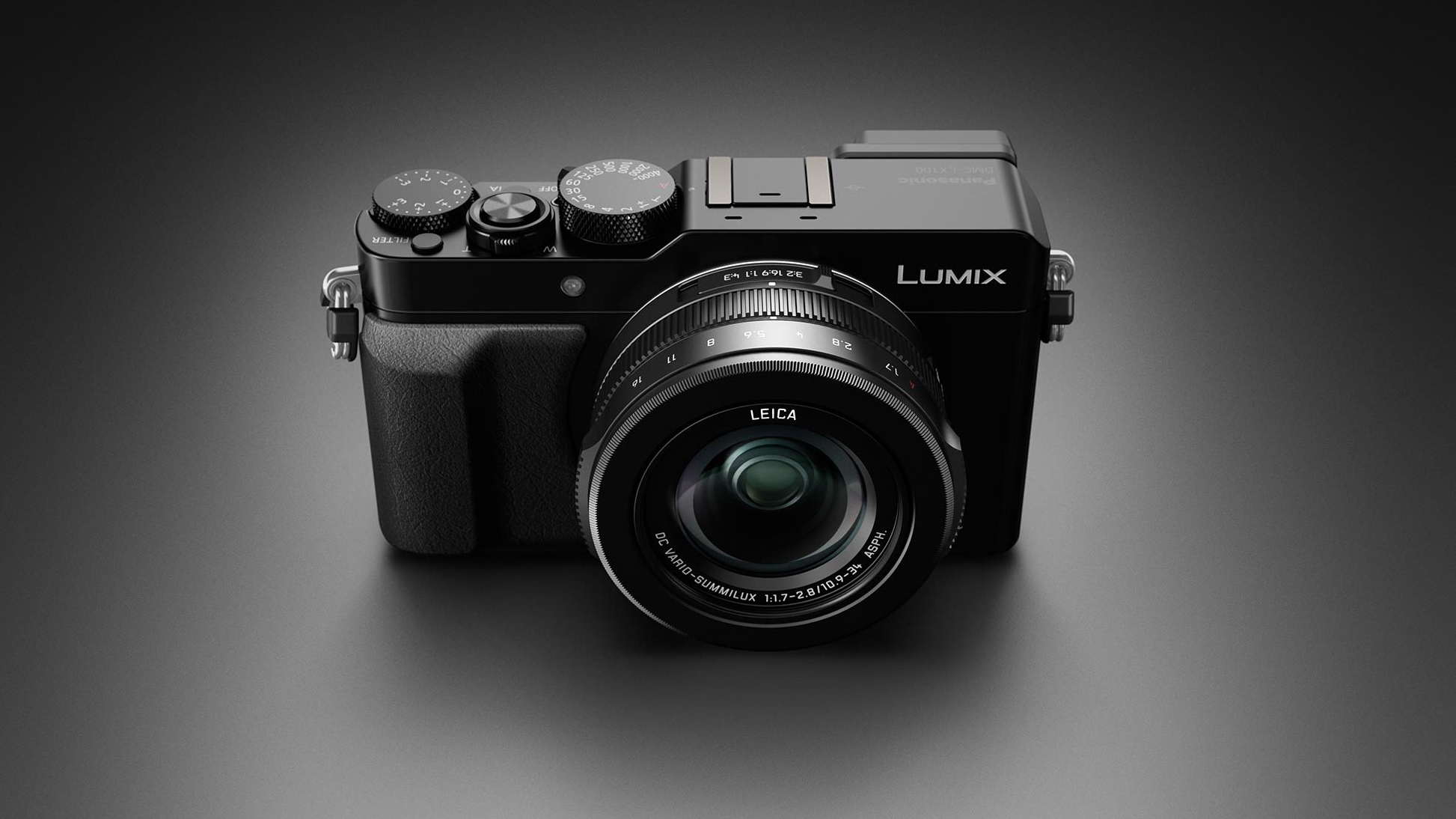
Keen photographers usually go for a DSLR or a compact system camera, but they also want something that will slip in a pocket for those days when the big camera needs to stay at home. Usually, that means putting up with a smaller sensor – but not this time. Somehow, Panasonic has shoehorned a CSC-sized Micro Four Thirds sensor into a compact camera body. Not only that, it’s added an aperture ring on the lens, a shutter speed dial on the top AND an electronic viewfinder. It has a specially-designed super-compact wide-aperture lens and it can shoot 4K too. The LX100 was expensive when it was launched, but the price has fallen steadily, and this is still an amazing and unique camera.
Read the full review: Panasonic Lumix DMC-LX100
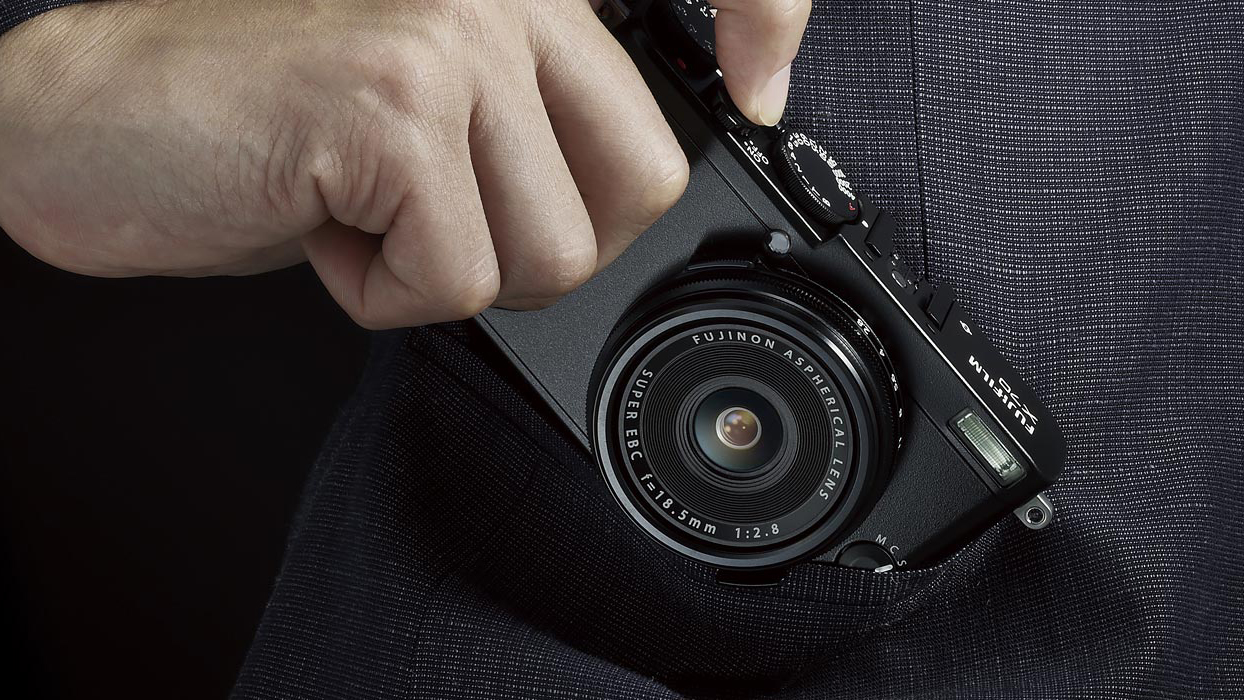
Fuji has had enormous success with its X-series of compact and compact system or mirrorless cameras and the X70 looks set to be a popular choice for photographers wanting a small camera designed following the brand ethos. It’s sensor is APS-C format, which means it’s bigger than the Four Thirds type in the LX100, so it produces superb quality images. We could easily have put the X70 ahead of the LX100 in this list, but the lack of a built-in viewfinder held us back – there times and subjects when using a viewfinder makes life so much easier. However, there is an excellent screen that tips up to be visible from the front to make selfie-shooting easier. In addition to an aperture ring around the lens there’s a shutter speed dial and an exposure compensation dial which makes adjusting exposure very quick provided you know what you’re doing. There is a fully automatic option, but this camera is best suited to experienced photographers. Fuji’s Film Simulation Modes ensure attractive looking JPEGs, but there’s also raw file recording for when you want to take control of the processing.
Read the full review: Fuji X70
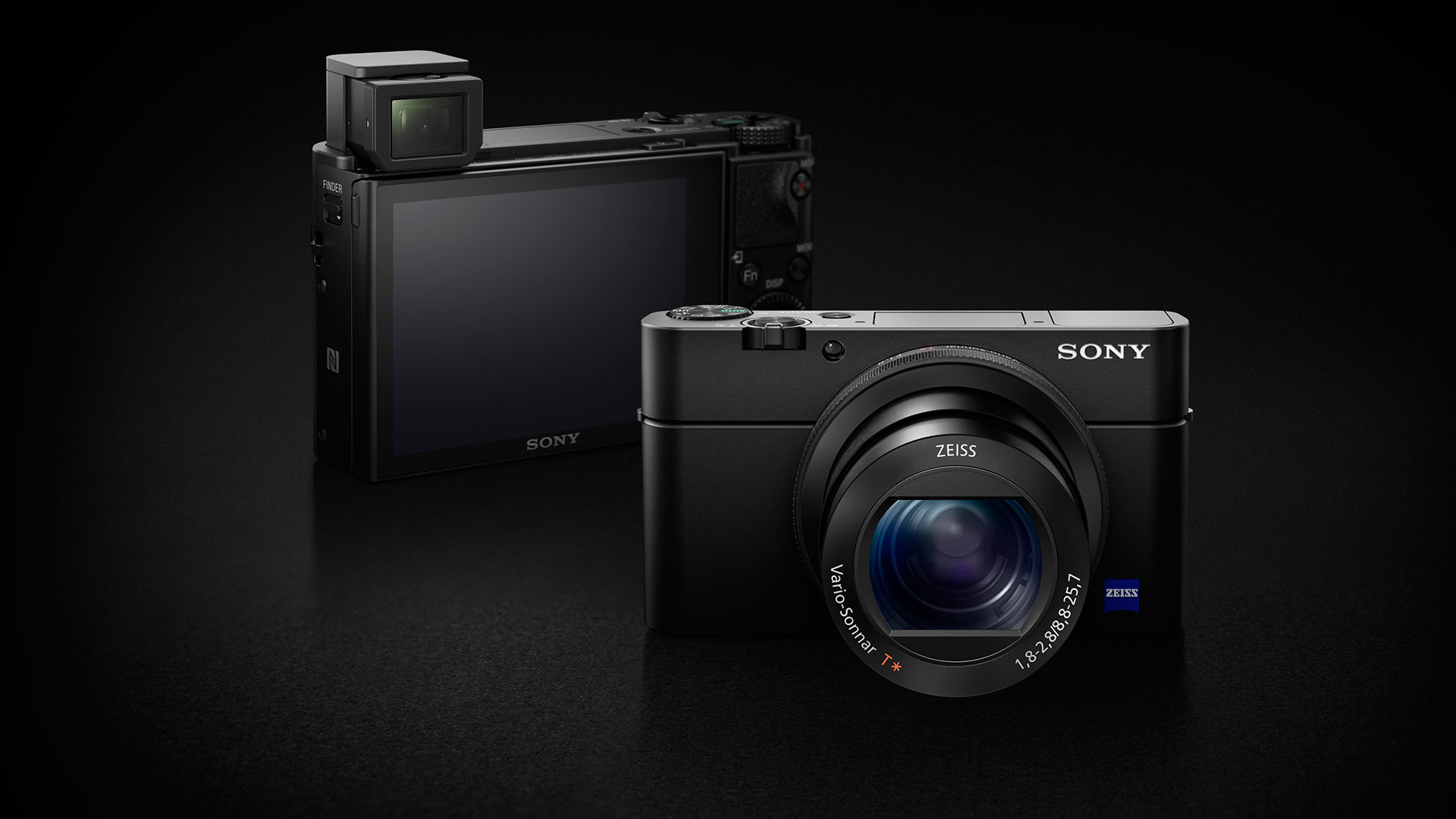
Sony uses this new 1-inch sensor size again in its highly popular RX100 camera series. These are powerful but highly pocketable cameras with the controls and image quality demanded by enthusiasts. The RX100 IV goes a step further, though, with a new ‘stacked’ sensor design for high-speed data capture. This means it can shoot 4K video, amazing 40x slow motion and 16fps in continuous burst mode. That’s not forgetting the neat little built-in electronic viewfinder and refined controls. It’s a pricey option, but if you’re looking for a versatile, pocket-sized compact with a quality zoom lens, you won’t be disappointed.
Read the full review: Sony RX100 IV
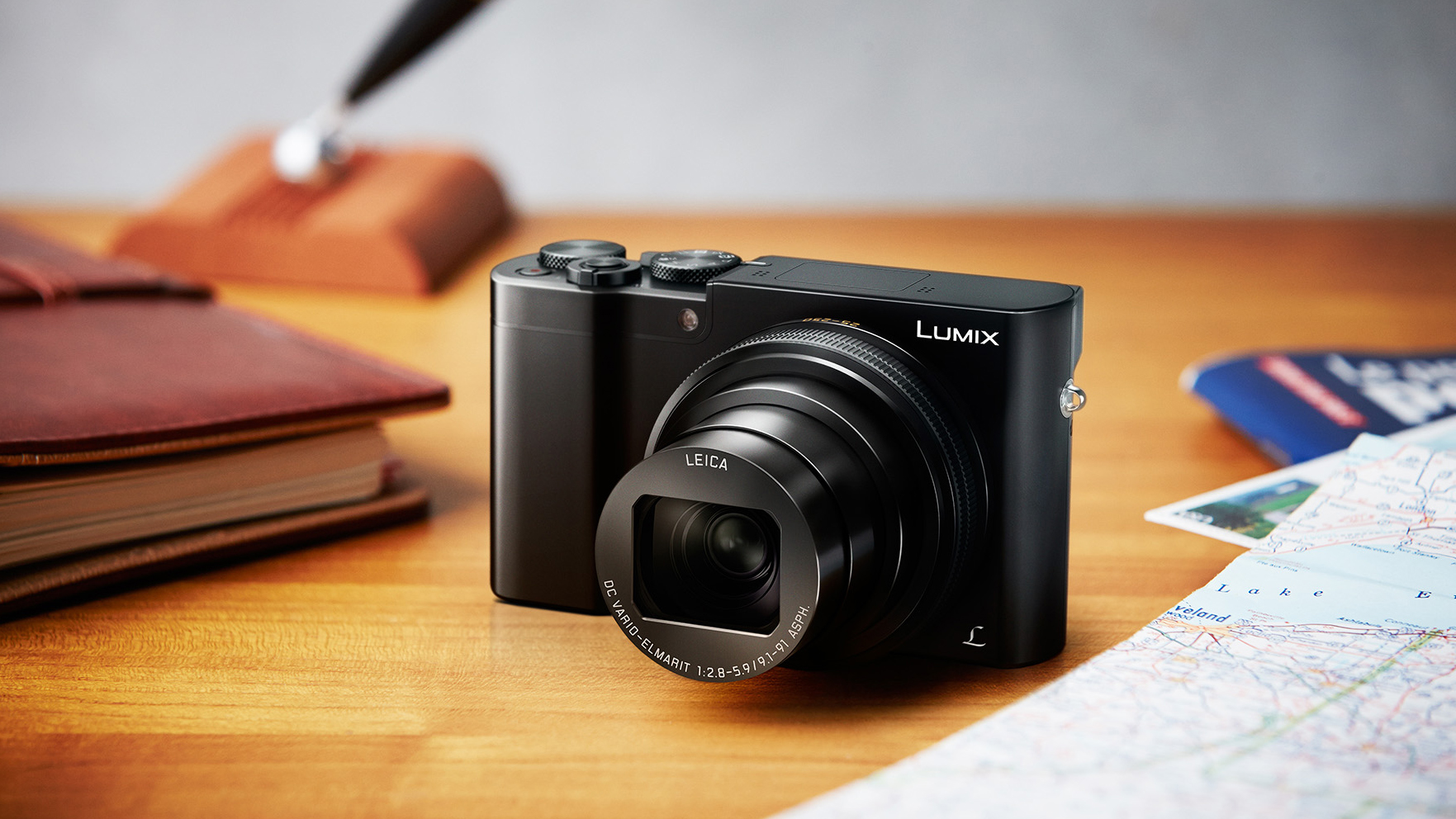
Panasonic invented the travel-zoom camera genre, compact cameras that can fit in a pocket but that have long zoom lenses built-in. And the TZ range has continued to dominate sales despite strong competition from all manufacturers, but most notably Sony. However, the compact camera has moved on and Panasonic needs to do more to attract buyers. Its response has been to keep the camera body about the same size as earlier TZ-series cameras but to squeeze a much larger sensor into the TZ100. This enables the pixels to be about 2.4x bigger than they are in models like the TZ70 and this helps the TZ100 produce much higher quality images. The zoom lens isn’t quite so extensive, but you still get an electronic viewfinder that makes it easier to compose images in bright sunny conditions and in addition to 4K video recording, there’s Panasonic’s 4K Photo mode to help capture 8Mp images of fleeting moments. It all adds up to be a powerful option.
Read the full review: Panasonic TZ100
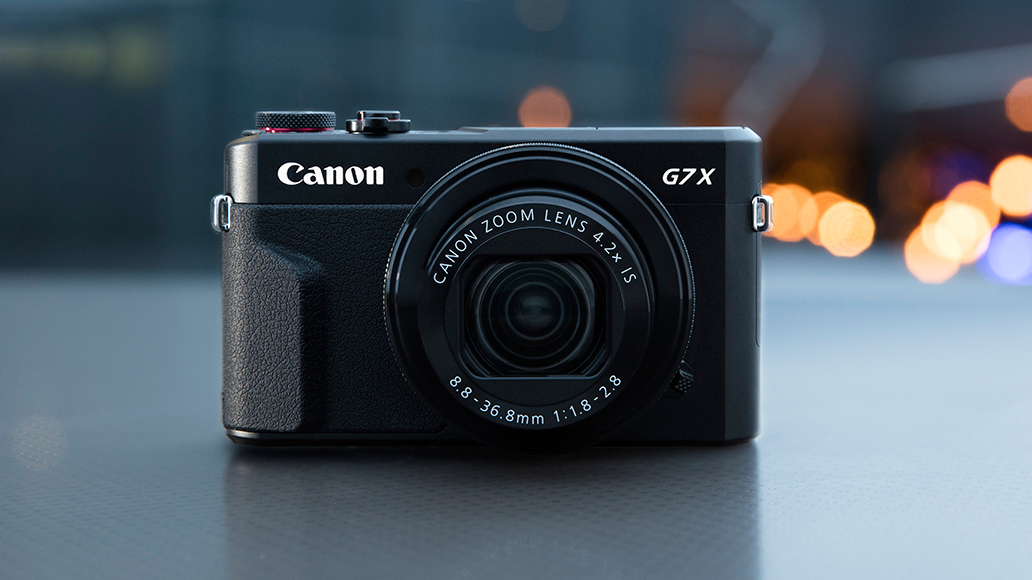
The addition of the latest DIGIC 7 processor brings a number of performance improvements over the original model, while the handling is even more polished and refined, making it a joy to use. The 4.2x optical zoom may not have the range that some rivals offer, but when you factor in the fast variable maximum aperture of f/1.8-2.8, and the large, 20.1MP 1-inch sensor, it makes the G7 X II a very versatile compact when the light levels drop. If you’re happy to miss out on a viewfinder and instead rely solely on a large and bright 3-inch articulating monitor, then the G7 X II is a serious (and more affordable) alternative to the mighty Sony RX100 IV.
Read the full review: Canon PowerShot G7 X II
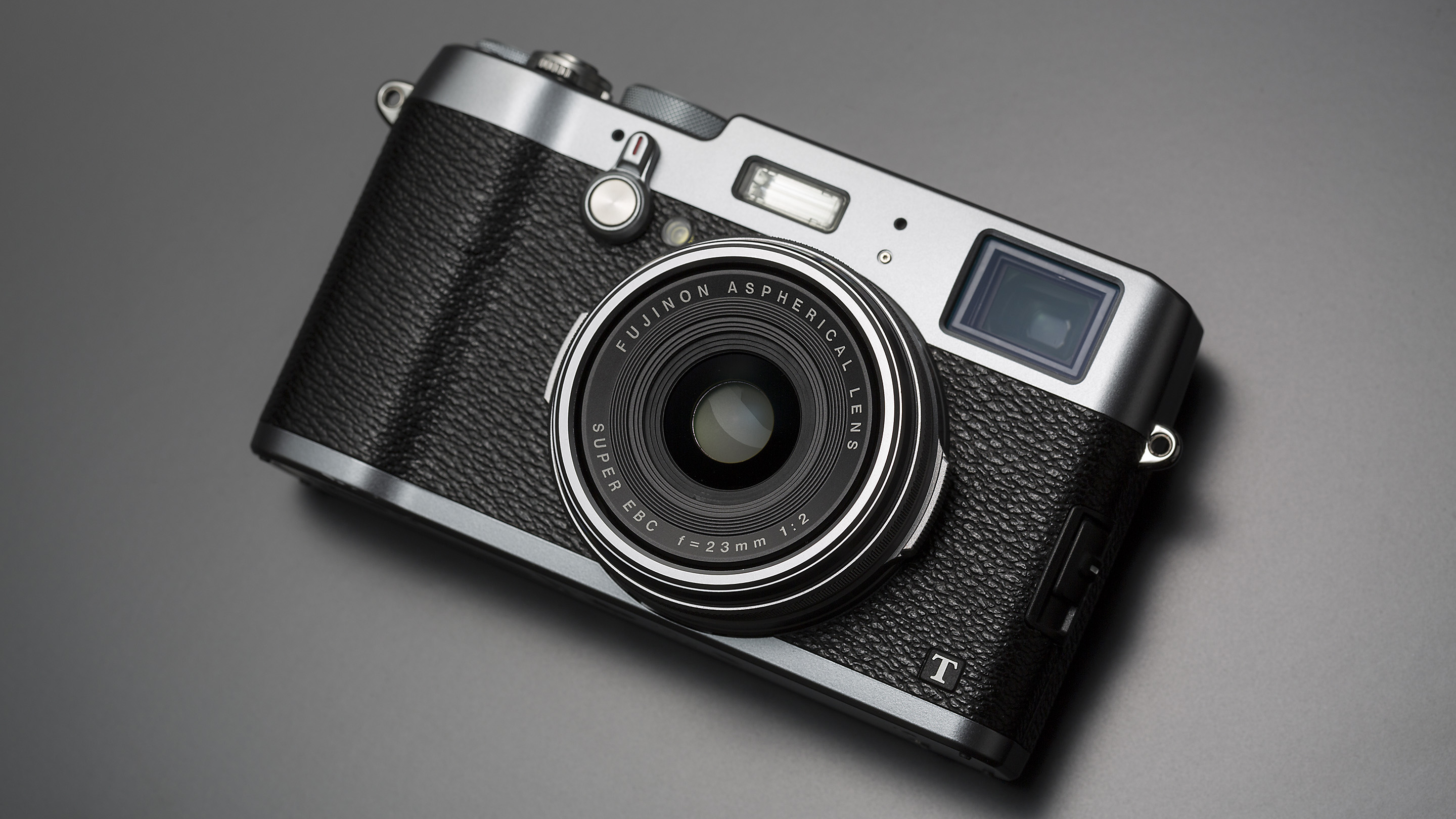
The X100T is a beauty both to look and and to use, but it’s not for everyone! It’s a relatively large, retro-styled camera with a fixed focal length 35mm equivalent f/2.0 lens, and designed for photographers who hanker after the weighty feel and manual external controls of traditional 35mm rangefinder cameras. It’s a relatively specialised camera you’ll use for a certain type of subject (street photography, for example) and most owners are likely to have other cameras too. The original X100 revived Fuji’s fortunes and gave its rivals the jolt they needed to develop their own classically-designed cameras.
Read the full review: Fuji X100T
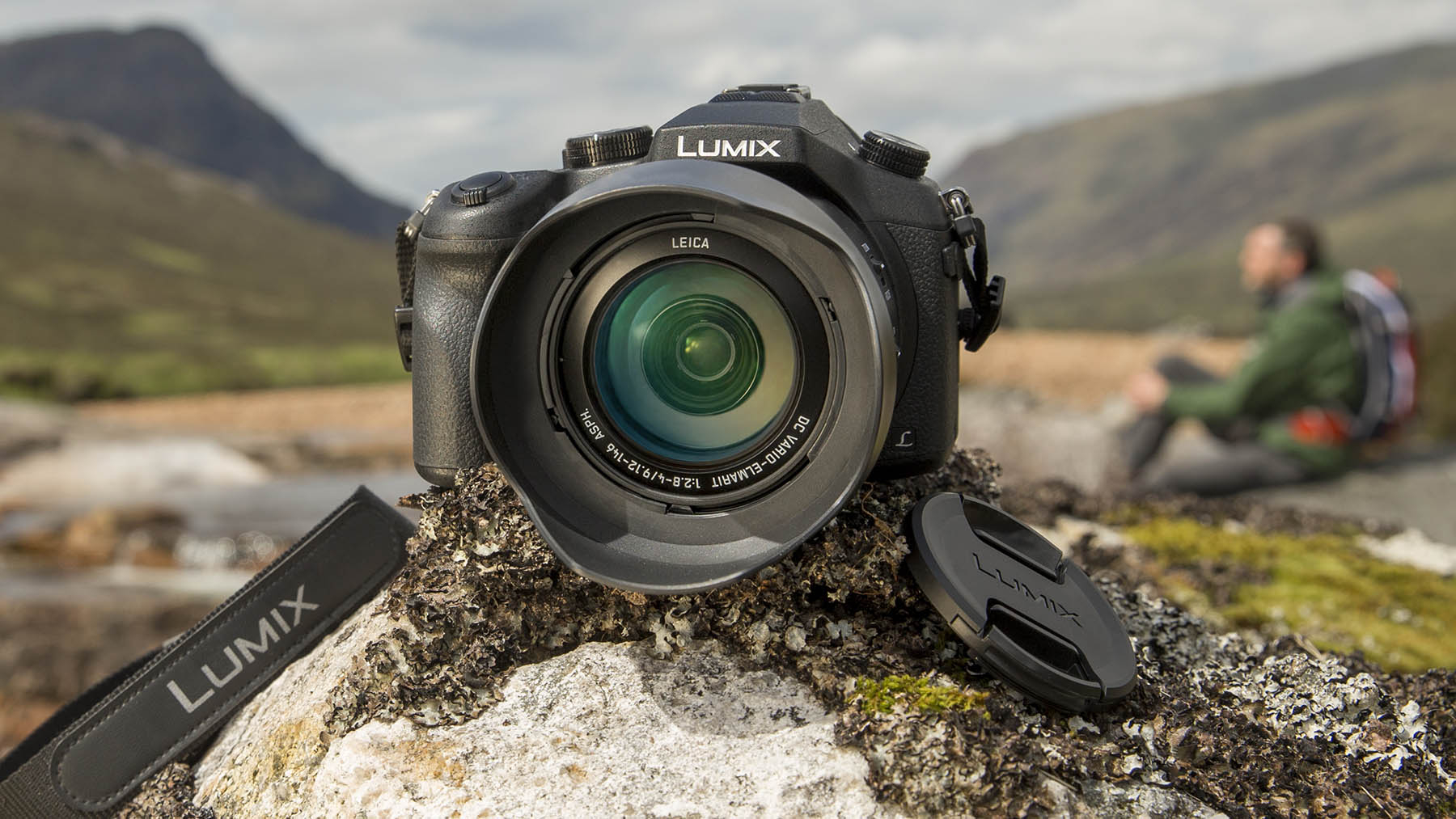
This trend towards bigger sensors shows up in the Panasonic FZ1000 too. Bridge cameras are very popular because they offer a colossal zoom range at a modest cost. To design a big zoom, though, the makers have to use a tiny sensor – and here Panasonic took the wise choice to sacrifice zoom range for better quality. The Panasonic FZ1000 uses a 1-inch sensor, and while the zoom tops out at 400mm equivalent, which is relatively short for a bridge camera, that’s still plenty for all but the most extreme everyday use. We love the FZ1000 because it delivers both image quality and zoom range – and the price is pretty competitive now too.
Read the full review: Panasonic Lumix DMC-FZ1000
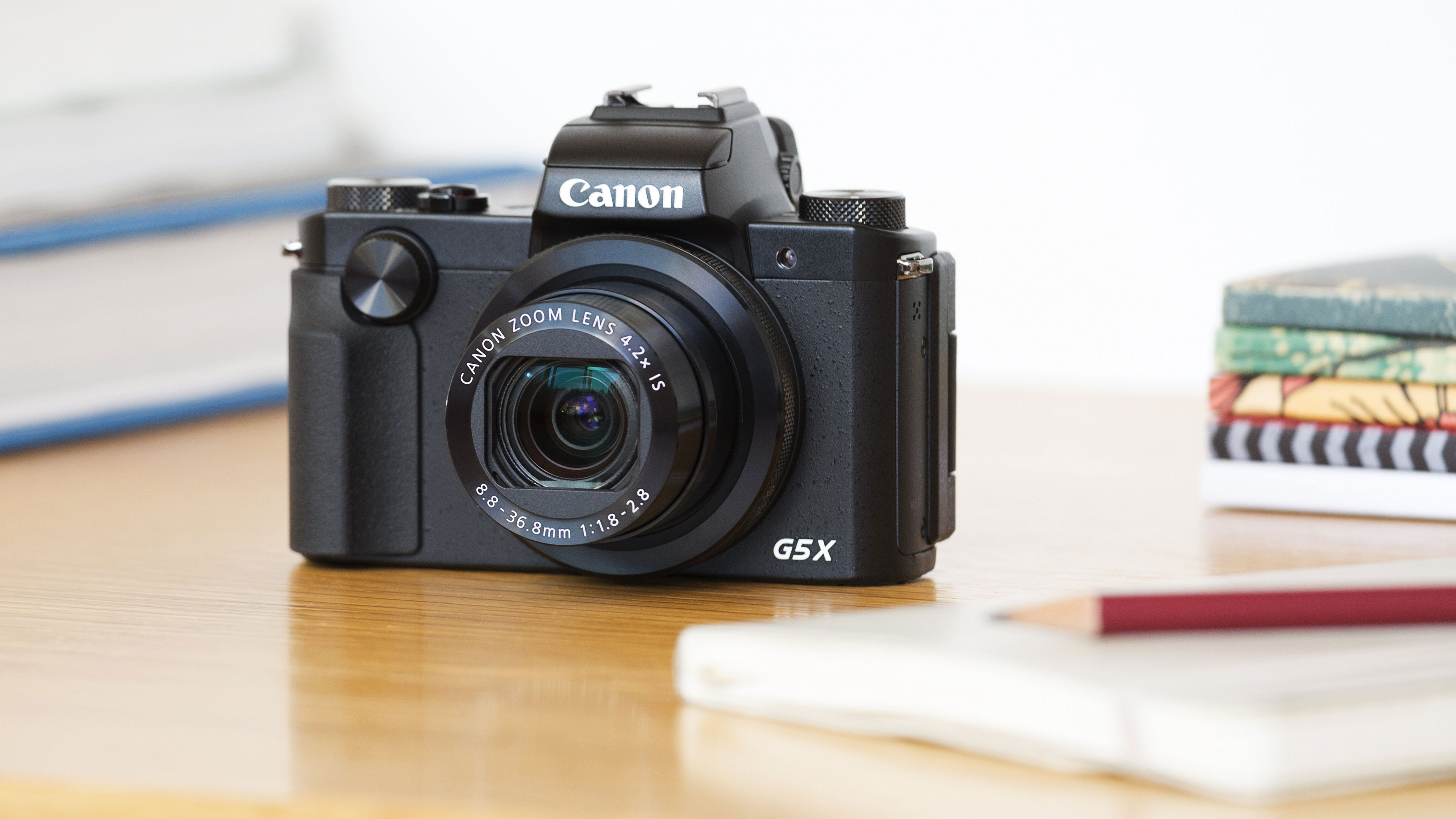
The arrival of new 1-inch sensors has transformed the high-end compact camera market, allowing makers to get closer to DSLR quality but still keep the cameras small. The Canon G5 X is a brilliant example – it might look like a DSLR (it has an electronic viewfinder), but it’s a lot smaller. The image quality is great, the external controls will be popular with enthusiasts and the lens has a good maximum aperture across its zoom range, which is great for low-light photography and blurring backgrounds.
Read the full review: Canon PowerShot G5 X
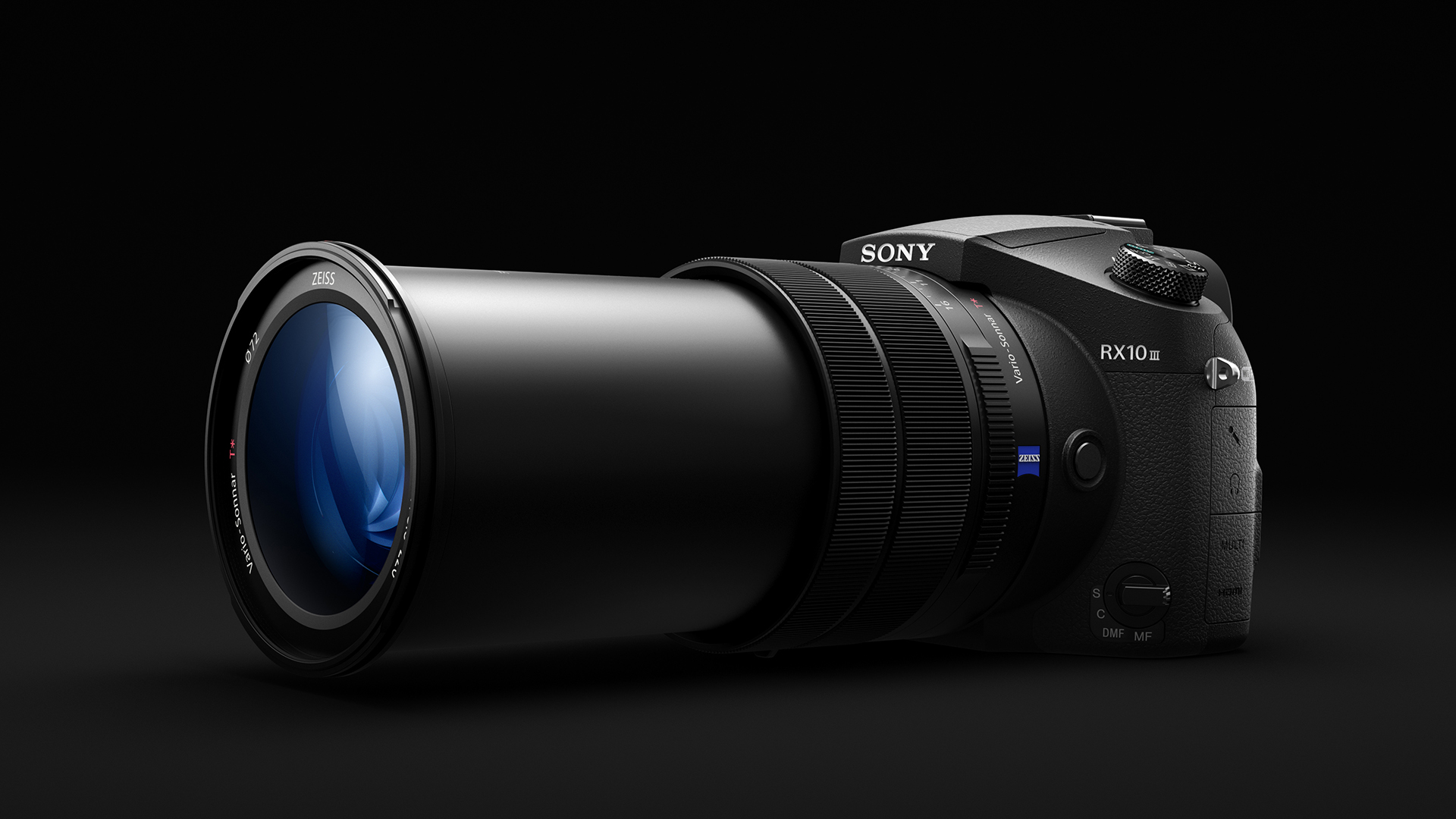
Sony’s taken the 24-200mm zoom lens found in the RX10 II and put it on steroids, with the lens now covering a huge zoom range from 24-600mm. The constant maximum aperture of f/2.8 though is replaced with a variable range from f/2.4-4, but for the extra range, it’s worth the sacrifice. The 1-inch, 20.1MP sensor is capable of achieving excellent levels of detail, while the high ISO performance is also strong. The increased zoom range means the RX10 III is even bulkier than its predecessors though, but handling is very polished (we’d like to see the menu system refined a little though), feeling like a DSLR in the hand and complemented by a large and bright electronic viewfinder. That’s not forgetting the ability to capture video in 4K. The only real stumbling block is the price, costing even more than some very desireable DSLR and mirrorless options.
Read the full review: Sony RX10 III
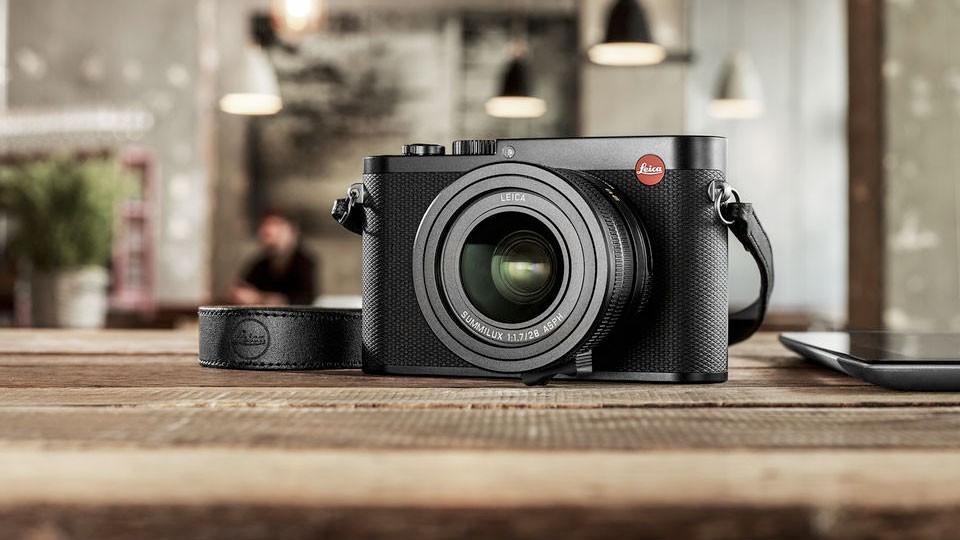
When photography was film-based most compact cameras took 35mm rolls, the same as a professional-level SLR. This meant that provided your camera had a decent lens you could get brilliant results. Digital photography changed that and many compact cameras have much smaller sensors which makes achieving high quality images more of a challenge. Leica and Sony are the only companies that make a compact camera with a full-frame sensor and while Sony’s RX1 models are great, the Leica Q (Typ 116) has won our hearts. The biggest downside to the Q is its price, there’s no getting around that. But for that huge stack of cash you get a Leica Summilux 28mm f/1.7 ASPH lens, a superb electronic viewfinder with 3,680,000 dots, a 3-inch 1,040,000-dot touchscreen, snappy autofocusing, traditional exposure controls and the ability to create stunning images. Despite the price, Leica can’t make enough Q’s to keep up with demand.
Read the full review: Leica Q
See also: Camera reviews, Best cheap camera, Best high-end compact, Best bridge camera, Best travel camera, Best waterproof camera